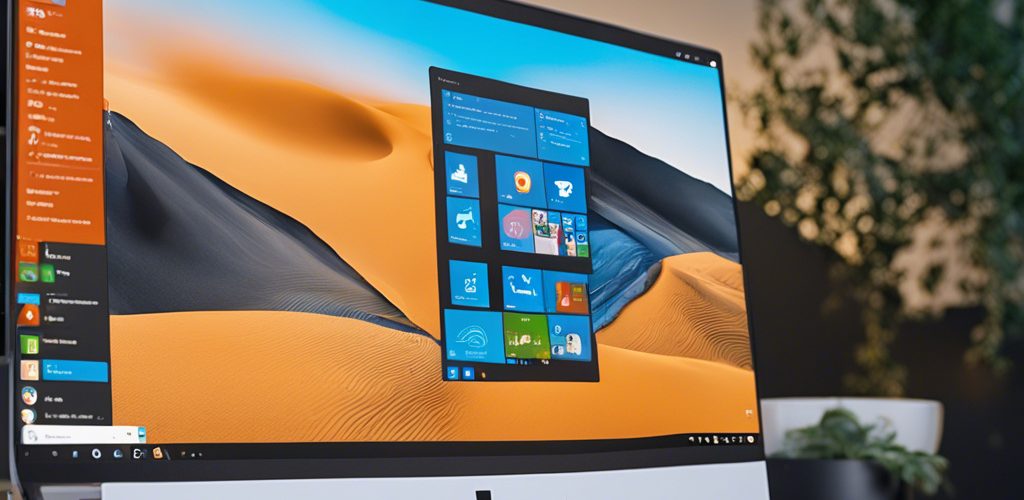As technology advances at a rapid pace, keeping our systems updated is a crucial factor in ensuring smooth performance and security. However, if you’ve decided to run Windows 11 IoT LTSC (Long-Term Servicing Channel) on your home PC, you may encounter challenges regarding future updates. Unlike Windows Home or Pro versions, which allow for straightforward updates, Windows IoT LTSC requires a clean installation for each new version. It’s understandable that you may feel a bit cornered, especially considering your browser of choice, Brave, doesn’t support accounts or syncing.
Understanding Windows 11 IoT LTSC
Windows 11 IoT LTSC is designed primarily for embedded systems and specialized devices. While it promises stability due to its long-term servicing model, it’s not necessarily tailored for general home use. One of the major drawbacks is the update strategy. With LTSC, updates are often limited to critical security patches, leaving users without access to new features and enhancements that come with regular Home or Pro releases. You may have opted for this version in hopes of maximizing stability, but you’re now confronted with a dilemma regarding data preservation during future updates.
Preparing for Future Updates
The need for a clean install for updates means you’ll need to go through a recovery process for your files and applications every time you upgrade. Fortunately, with some planning, you can make this transition smoother. Here are some steps to take:
- Backup Your Data Regularly: Since Brave doesn’t support syncing accounts, it’s vital to export and save your browser data manually. You can back up your bookmarks, passwords, and settings by navigating to the settings menu in Brave and using the export feature. Consider creating a separate backup of important bookmarks or any crucial information you may have saved during your browsing sessions.
- Utilize an External Storage Device: To prevent data loss during the clean install, store your essential data on an external drive or cloud service. Regularly update this backup so that you have the most current version of your files ready for when you decide to install the next version of Windows.
- Document Installed Applications: Keep a list of applications you use regularly, along with their configurations. This documentation will speed up the process of reinstalling your software after a clean install. Make sure to note any data that needs to be migrated manually.
- Research Future Windows Versions: Stay informed about upcoming versions of Windows IoT LTSC and alternative operating systems that may suit your needs better in the future. There’s a possibility that future releases might offer more flexible update options, or you might find a different Windows version that allows for seamless upgrades.
- Consider Switching to Home or Pro: If your hardware allows it, you might want to think about switching from IoT LTSC to a version of Windows that aligns more closely with home use, like Windows 11 Home or Pro. Doing this could save you the hassle of repeated clean installs and allow you to benefit from ongoing updates without major interruptions.
Conclusion
While your decision to use Windows 11 IoT LTSC initially seemed promising for a home setup, it’s clear that this path comes with challenges in terms of updates and data management. By planning ahead, backing up your data, and being mindful of your application needs, you can navigate this process with greater ease. In the ever-evolving landscape of operating systems, flexibility and foresight are key to maintaining an efficient home computing environment.





Add comment